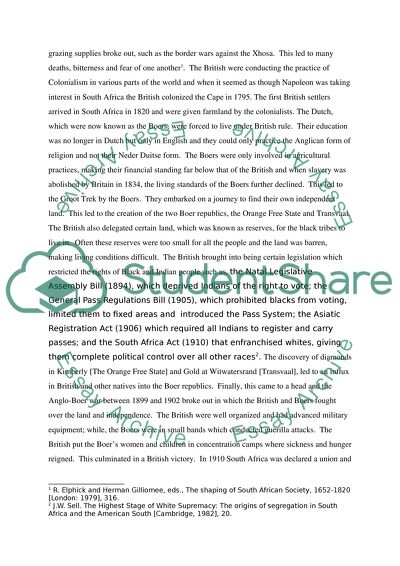Cite this document
(“Apartheid in South Africa and Segregation in America --Comparison Research Paper”, n.d.)
Retrieved from https://studentshare.org/family-consumer-science/1409533-apartheid-in-south-africa-and-segregation-in
Retrieved from https://studentshare.org/family-consumer-science/1409533-apartheid-in-south-africa-and-segregation-in
(Apartheid in South Africa and Segregation in America --Comparison Research Paper)
https://studentshare.org/family-consumer-science/1409533-apartheid-in-south-africa-and-segregation-in.
https://studentshare.org/family-consumer-science/1409533-apartheid-in-south-africa-and-segregation-in.
“Apartheid in South Africa and Segregation in America --Comparison Research Paper”, n.d. https://studentshare.org/family-consumer-science/1409533-apartheid-in-south-africa-and-segregation-in.


